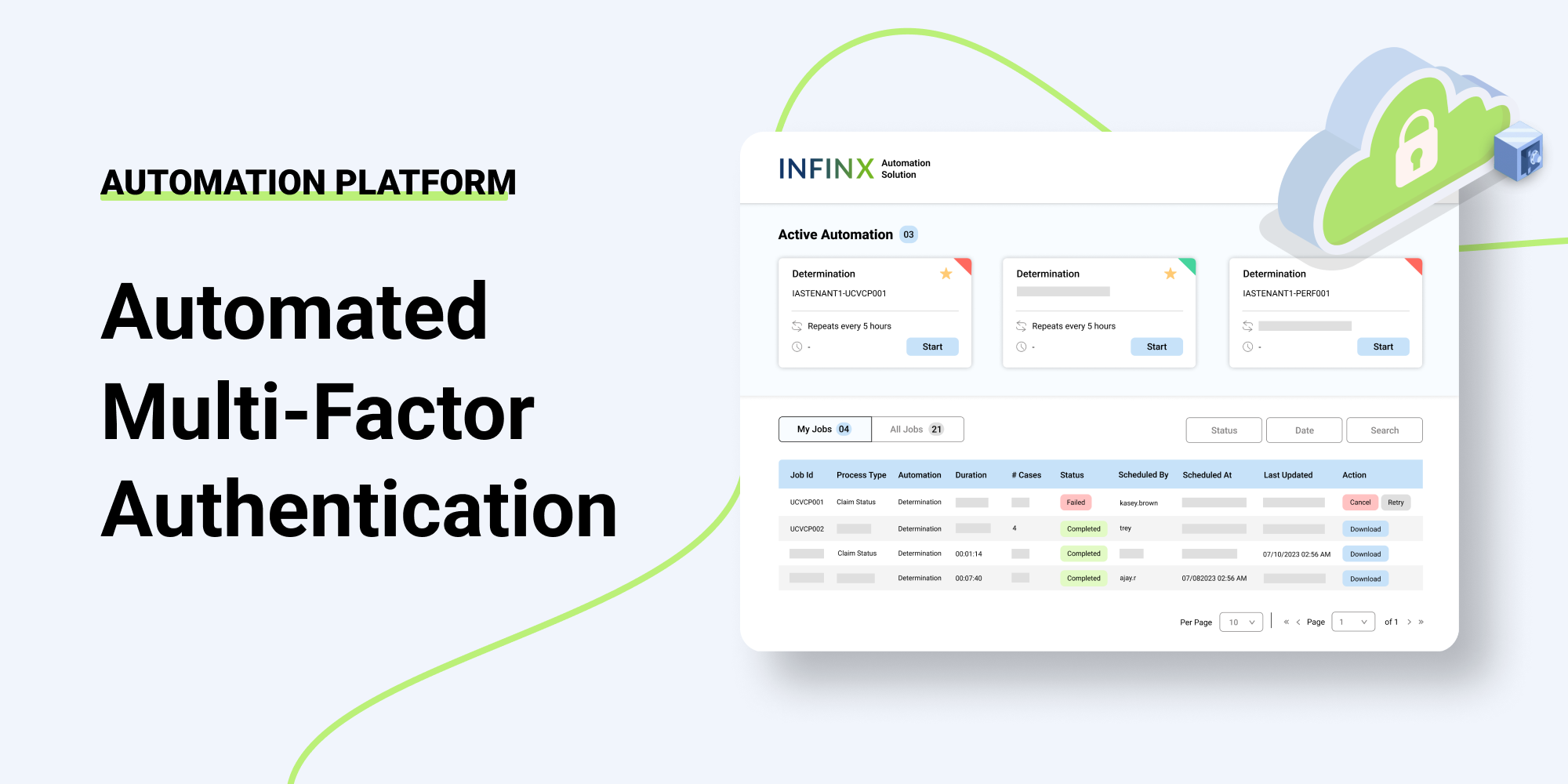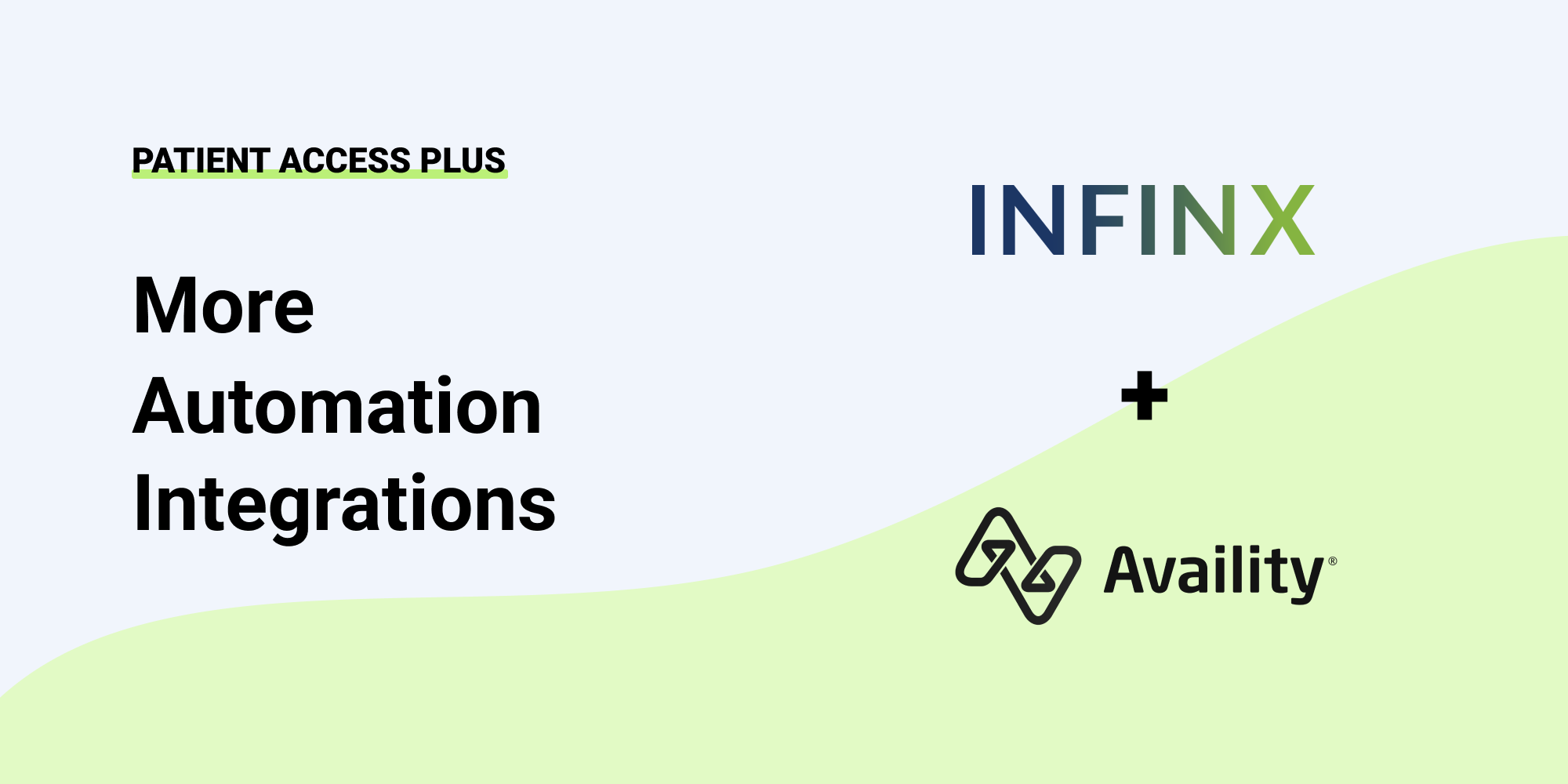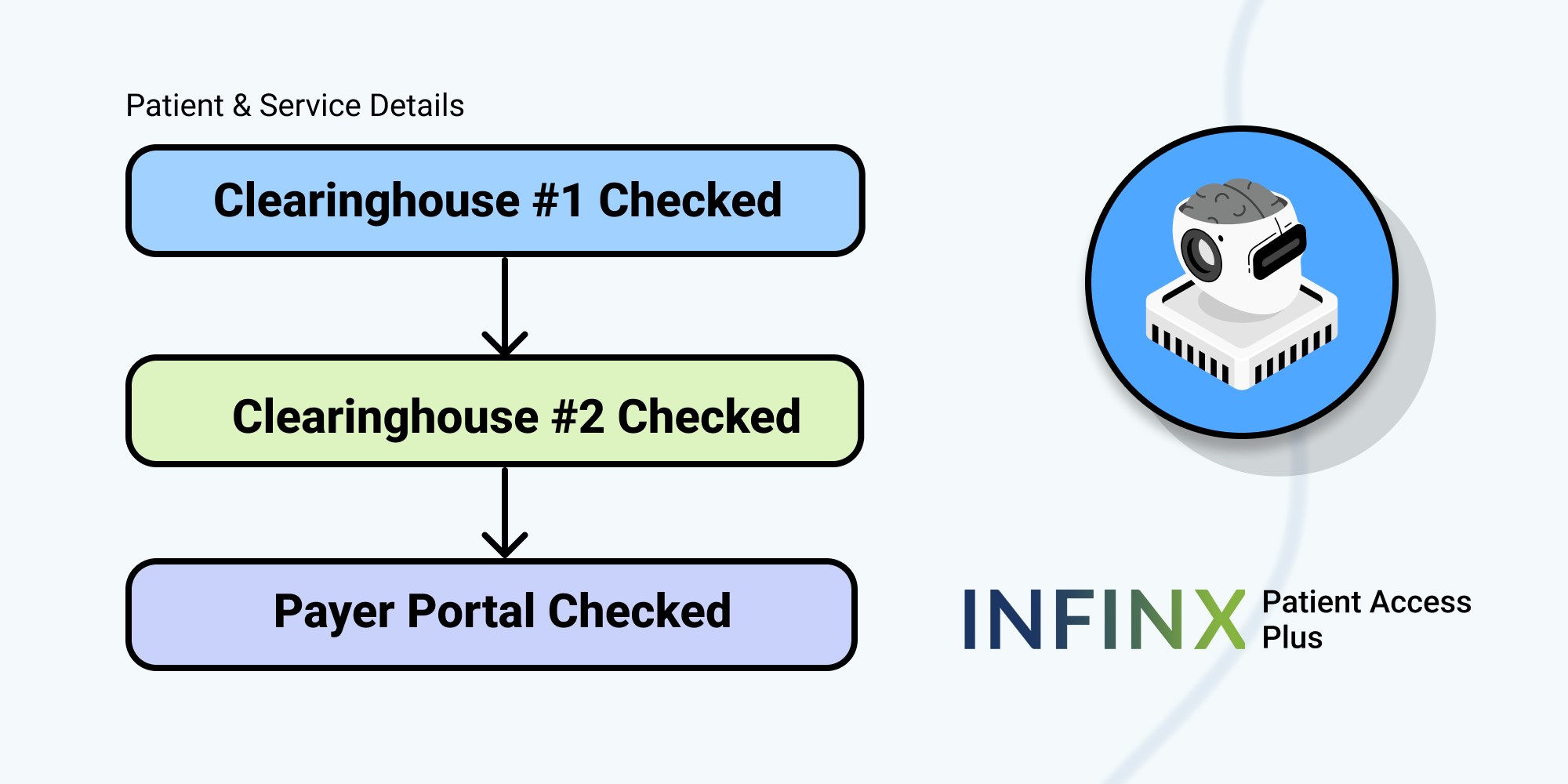For any healthcare facility, medical coding can make or break reimbursement rates and overall revenue. For cardiology practices with highly complex procedures, inputting procedural terminology codes (CPT) correctly and ensuring proper medical documentation requires a high level of expertise and diligence. Frequent updates in coding standards, guidelines, and regulations require continuous education and adaptation by cardiology coding professionals.
Bundling CPT codes complicates cardiology coding further by requiring coders to understand and correctly apply complex rules that determine how multiple procedures are grouped and billed together.
In a recent Infinx Office Hours session, Julie Graham, an Infinx Senior Coding Manager specializing in cardiology, offered practical, actionable strategies to tackle these challenges head-on. Here are six tips you can implement to ensure maximum reimbursement for your practice.
1. Understand the Basics of Bundling
Bundling codes is a common practice in cardiology that involves grouping procedures typically performed together into a single billable event. While this process simplifies billing, it can inadvertently lead to reduced reimbursements for these bundled services. Julie Graham, a seasoned coding manager, explains:
“Bundling streamlines the billing process, reduces administrative costs, and ensures accurate reimbursement. However, it often does lead to reduced reimbursements because of the bundling of all those codes.”
Recognizing the dual-edged nature of bundling is the first step towards mitigating its negative financial impacts.
2. Leverage Detailed Knowledge of Guidelines
Staying informed about the latest Medicare and OIG guidelines is crucial for cardiology coders. Local Coverage Determinations (LCDs), National Coverage Determinations (NCDs), and Correct Coding Initiative (CCI) edits are key areas that require constant attention.
Julie Graham highlights the importance of these resources:
“Look for your LCDs, NCDs, and even utilizing the NCCI policy manual… There’s a lot of great information in there… It’ll tell you can’t build these codes together or here are the ICD-10 codes that support medical necessity for a certain procedure.”
Understanding these guidelines helps ensure compliance and optimizes coding for maximum reimbursement.
3. Utilize Modifiers Correctly
Applying modifiers appropriately is a critical skill for coders, especially in the context of bundled codes. Modifiers can specify exceptions to bundling rules, allowing for separate billing under defined conditions.
Establishing and documenting medical necessity is crucial to use modifiers effectively:
“The most important thing when we’re talking about bundling procedures related to cardiology is to establish medical necessity for those procedures where you can carve out the bundling edit with a modifier.” – Julie Graham
This approach requires precise knowledge of modifier applications and guidelines to avoid common pitfalls that lead to denials.
4. Maintain Rigorous Documentation
Robust documentation is crucial in supporting medical necessity claims and ensuring compliance with coding standards. Every procedure, diagnostic result, and clinical justification must be meticulously recorded, not just to defend against audits but also to rectify billing discrepancies.
Julie Graham highlighted a specific example involving the use of modifiers to carve out exceptions in bundled coding. She stressed the importance of establishing and documenting medical necessity to appropriately apply these modifiers.
“The most important thing when we’re talking about bundling procedures related to cardiology is to establish medical necessity for those procedures where you can carve out the bundling edit with a modifier,” Julie noted. “This is crucial because while there are edits that allow for multiple procedures to be billed together, specific guidelines and circumstances must be followed to apply these modifiers correctly.”
In situations where documentation is lacking, practices may face the need to recoup payments already made or deal with outright denials. Julie underscores the importance of comprehensive reporting, emphasizing that necessary information should be included not just in procedure notes but throughout all stages of patient care documentation, including the initial patient assessment.
Effective documentation practices safeguard against revenue loss by providing clear, unequivocal evidence for every charge submitted, ensuring that all billing is fully supported and compliant.
5. Conduct Regular Audits
Regular audits are instrumental in identifying compliance issues and areas susceptible to revenue loss. They provide an opportunity to address errors in coding and documentation proactively.
“Auditing allows you to identify potential pitfalls where your practice may be out of compliance with regulatory standards,” says Julie. “The cadence and scope of audits will be based on several factors.”
By routinely auditing their coding practices, healthcare providers can ensure adherence to the latest coding standards and regulations, thereby minimizing financial risks.
6. Engage in Continuous Education
The field of medical coding is always evolving, with frequent updates to coding standards and guidelines. Engaging in ongoing education and training ensures that coding professionals remain knowledgeable about the latest developments in their field. This is crucial for maintaining accuracy in coding practices, especially in a specialty as dynamic as cardiology.
By implementing these strategies, cardiology practices can more effectively navigate the intricacies of bundled codes. Each step, from mastering the fundamentals of bundling to engaging in continuous professional development, plays a vital role in optimizing coding processes and ensuring financial stability in the complex landscape of healthcare reimbursement.
Learn more from conversations with industry experts by attending our weekly Office Hours, hosted by revenue cycle management expert, and Infinx VP Marketing, Stuart Newsome.


